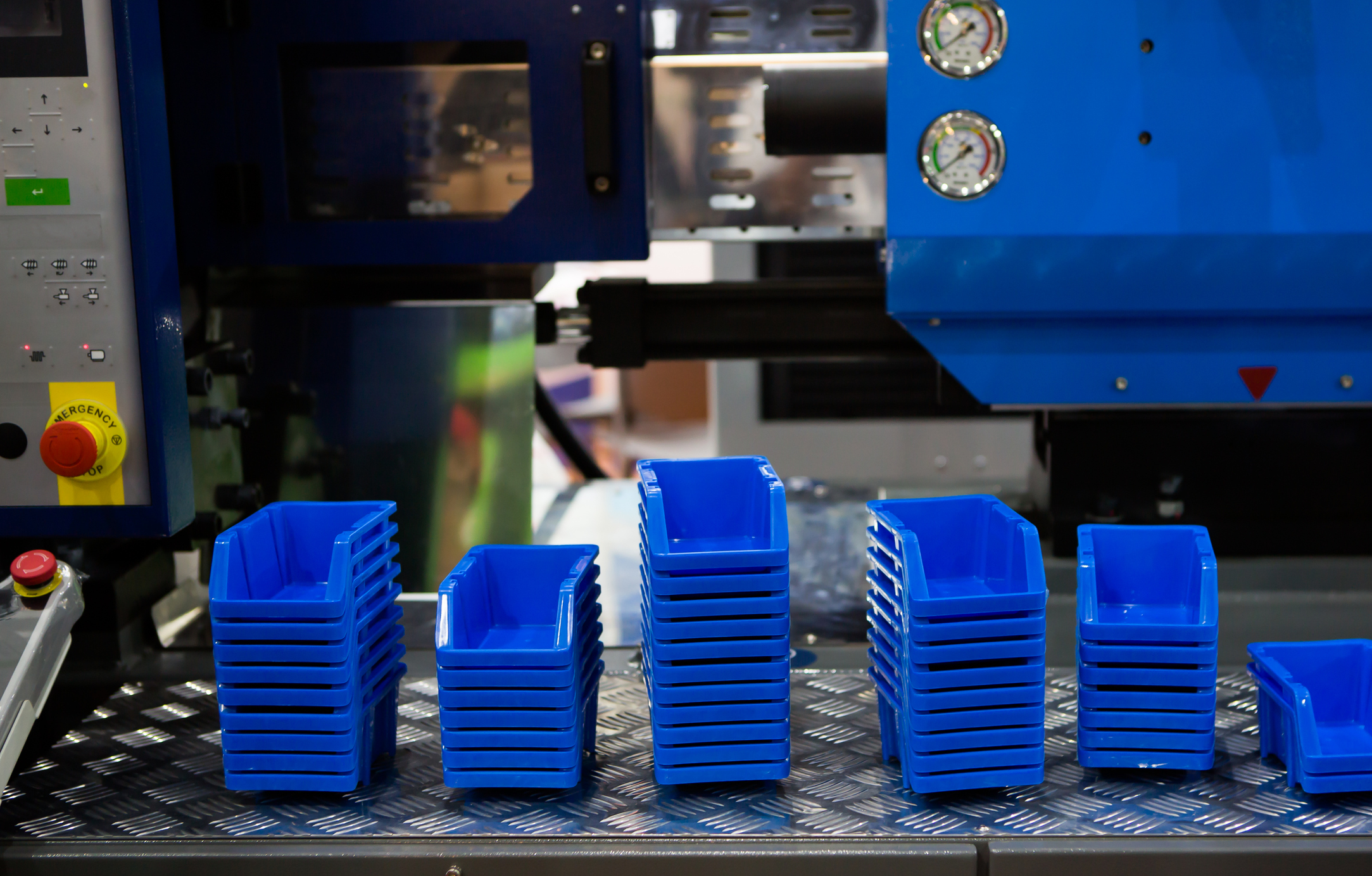The process of plastic molding is an unsung hero in the product design world, quietly but significantly influencing the look, feel, and functionality of countless items we use in our daily lives. From the toothbrush you use every morning to the intricately designed consumer electronics, plastic molding plays a crucial role in bringing these products to life.
In this article, we’ll explore the world of plastic molding and how it is shaping the way products are designed and manufactured.
The Basics of Plastic Molding
Plastic molding is a manufacturing process for forming plastic parts. It’s a versatile method that allows for large-scale production of an array of items, from the tiniest precision components to the most substantial parts. The process typically starts with liquefied plastic material being poured into a mold cavity, where it is left to cool and solidify. Once the plastic takes the shape of the mold, it is ejected, and the process is ready to begin anew.
The most common plastic molding techniques include:
Injection Molding
This is the most widely used process. It involves injecting molten plastic into a mold under high pressure. The method is known for its ability to produce complex shapes with incredibly tight tolerances and is used for projects such as plastic molded micron filtration systems.
Blow Molding
Primarily used for hollow plastic objects, such as bottles and containers, blow molding forces air into a heated plastic parison (hollow tube) that expands to take on the shape of the mold cavity.
Rotational Molding
Rotomolding slowly rotates the mold on multiple axes, allowing for large, hollow-shaped parts, such as tanks and canoes, to be produced with uniform wall thickness and strength.
Each technique has its unique advantages and limitations. For example, injection molding is excellent for high-precision parts, while blow molding is the go-to for hollow items. By familiarizing themselves with these processes, product designers can select the most suitable one based on their needs and product requirements.
How Plastic Molding Influences Product Design
Plastic molding is not a mere production tool; it’s a design tool that product designers wield to achieve their vision. The key ways plastic molding influences product design are:
Material Selection
Different types of plastic have varying properties, such as flexibility, durability, and heat resistance. In addition to these factors, elements like color and finish are also crucial in the design process. Many manufacturers use solutions like a color master batch, for example, to ensure consistent and vibrant coloration across their products. This method not only enhances the aesthetic appeal but also improves functionality, such as UV resistance in outdoor products. Product designers have to carefully select the most appropriate material that aligns with their product’s intended use.
Complexity and Detail
Molding technology allows for intricate designs and fine details that would be unachievable by most other methods. This enables designers to create products that are both functional and aesthetically pleasing.
Prototyping
With rapid tooling methods, designers can quickly produce prototypes of their designs, allowing for rapid iteration and refinement before committing to full-scale production.
Sustainable Design
Plastic molding also ties into the growing trend of sustainable design. With the right material selection and production techniques, it is possible to create plastic products that are not only recyclable but also use recycled plastics.
The Future of Plastic Molding in Product Design
The future of plastic molding is exciting, with new technologies pushing the boundaries of what’s possible. These advancements are not only influencing how products are made but are also influencing what products are designed. Some emerging trends and technologies include:
Additive Manufacturing and 3D Printing
The lines between prototyping and production are blurring with 3D printing technologies. These innovations are now capable of producing end-use plastic parts, leading to a shift in how designers approach development.
Smart Design
The concept of ‘smart design’ is weaving its way into plastic molding. This involves designing products with embedded technology and data connectivity, a trend that would have been unthinkable without advancements in plastic molding.
Sustainable Manufacturing
The plastics industry is under increasing pressure to adopt more sustainable practices. This shift toward sustainable manufacturing will not only affect the materials used but also influence processes and design considerations.
Plastic molding will continue to be a driving force in product design, and designers who can harness these new capabilities will be positioned to lead the charge in innovation.
Best Practices for Integrating Plastic Molding into Product Design
For designers and injection molding companies to fully harness the power of plastic molding, they must employ best practices that ensure a synergy between the design and manufacturing processes. These practices include:
Early Collaboration
Designers should work closely with molding engineers from the start, ensuring that manufacturability considerations are integrated into the design rather than retrofitted.
Design for Manufacturability
Designs should be optimized for the specific molding process, taking into account draft angles, material flow, and part ejection, among other factors, to minimize defects and production challenges.
Material Knowledge
Understanding the properties of different plastics is crucial for selecting the right material for the product’s requirements and environmental impact.
By implementing these best practices, designers can create designs that are not only manufacturable but also maximize the capabilities of plastic molding.
Conclusion
In conclusion, plastic molding is an art form that reshapes raw materials into products that fulfill and even exceed our expectations. In doing so, it challenges the creativity and ingenuity of product designers, propelling them toward breakthroughs that harmoniously blend form and function. It’s time for designers to acquaint themselves with the sculpting power of plastic molding and, just like the material it shapes, be willing to adapt, refine, and ultimately transform into something greater. The molding process is underway, and it’s inviting all designers to join in the creation of a better-designed future.




